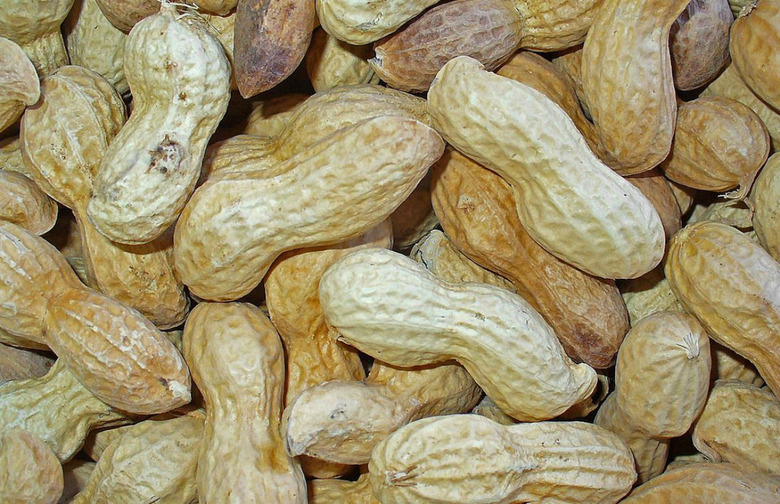5 Things You Didn't Know About Peanuts
We tend to not give peanuts much thought these days. They're a common ballpark snack and, in butter form, the foundation of many a sandwich, but they're not held in nearly as high regard as they should be. Because the fact of the matter is, peanuts are a pretty magical little bean.
They Were First Domesticated in Paraguay
Many ancient cultures in the region depicted peanuts in their art.
They Were Primarily Used as Animal Feed Until the 1930s
The U.S. Department of Agriculture launched a program in the late 1800s to encourage more people to grow and eat peanuts, especially because they add nitrogen to soil.
They Can Become Carcinogenic If Not Stored Properly
If stored wrong, a certain type of mold can develop that produces a cancer-causing chemical called aflatoxin. The USDA inspects every truckload of peanuts for the toxin, and many safeguards are in place in the industry.
China Produces More Peanuts Than Any Other Country
China produces about 42 percent of the world's supply of peanuts. India is at a distant second with 12 percent, and the United States produces eight percent.
George Washington Carver Invented More Than 300 Uses for Peanuts, But Not Peanut Butter
Born into slavery, Carver created more than 100 recipes for foods containing peanuts, and also developed and promoted many products made from peanuts, including dyes, cosmetics, plastics, paints, nitroglycerin, and even gasoline.





